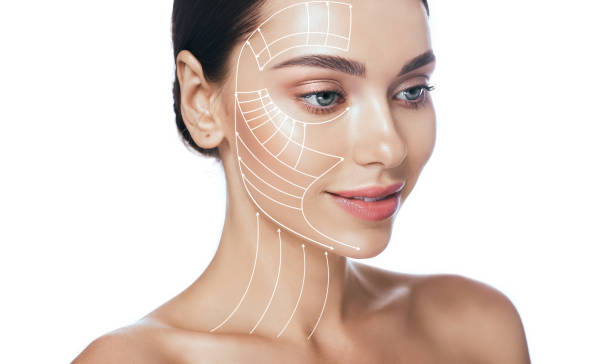
Are you in the lookout for an effective face lifting treatment to reduce the appearance of sagging skin, wrinkles, and fine lines? Many people opt for non-surgical face lifting treatment and options when looking to change how their skin looks. In fact, Botox ranked number one in the list of minimally invasive procedures in 2020.
A staggering 13.2 million cosmetic procedures that are nonsurgical were performed back in 2020. This is in contrast to only 2.3 million surgical procedures done the same year. This is not actually surprising as the former is not only more affordable, it also requires lesser recovery time.
Nonsurgical Face Lift in a Nutshell
A nonsurgical face lift is done to firm, plump, and refresh the facial skin temporarily. Nonsurgical face lifts won’t require massive cuts or incisions. It won’t also require the use of general anesthesia. Patients won’t also need to stay in the hospital. Nonsurgical facelifts are often a mix of nonsurgical or minimally invasive techniques.
Good Candidates for Nonsurgical Face Lifts
If you worry that your skin is aging or you have any of the skin issues and problems mentioned below, a nonsurgical face lift would be a great option you can look into.
- Thin lips
- Sunken cheeks
- Loose jowls
- Sagging skin
- Shadows around the eyes
- Marionette lines
- Frown lines
- Crow’s feet
- Wrinkles
You are not considered a good candidate for nonsurgical face lift if you have pre-existing conditions of the skin. For instance, you have:
- Contact dermatitis
- Skin rashes
- Active acne
- Eczema
- Outbreak of cold sores
- Psoriasis
- Skin tags, freckles, and moles
- Skin burns
Different Types
Procedures can differ and would depend on the kind of nonsurgical face lift you will get. Most nonsurgical face lifts are typically carried out in the office. While some can cause minimal discomfort, others are relatively painless.
- This involves using tiny and thin needles to create small wounds in the face. This procedure works by stimulating the growth of elastin and collagen in the skin. It can also help dramatically improve the appearance of sun damage, wrinkles, and loose skin. To enjoy and see significant results, multiple treatment sessions might be needed (interval is typically three to eight weeks apart). Fortunately, results are typically noticeable in three to six months.
- Botulinum toxin injections. Injections like Dysport and Botox can work by relaxing muscles that are tense and that cause wrinkles. Many people get Botox injections at the corners of their eyes, in the forehead, or in between the eyebrows. The result of this procedure can often last for around 3 months.
- Fat injections. This procedure is also known as fat grafting. This option involves injecting fat taken from another part of the body to fill in the areas of the face that are sagging. While considered more invasive than dermal fillers, the results of fat injections tend to last longer.
- Chemical peels. This treatment option can remove the skin’s top layers. They can also help minimize wrinkles and large pores, and reveal firmer and newer skin. Most will require several chemical peels sessions to achieve their desired results.
- Dermal fillers. This involves injecting hyaluronic acid in order to add some volume to hollow areas. Dermal fillers are also typically used to add volume and fullness to the lips and cheeks. They are also used to fill in wrinkles that are deep. Dermal fillers can last for around sex months to a few years.
- Laser skin resurfacing. This involves using intense light beams to target specific areas of the face. Laser skin resurfacing works by removing the old layers of the skin. The heat coming from the laser will also stimulate the production of collagen. This treatment option can also help make the skin appear firmer and smoother
